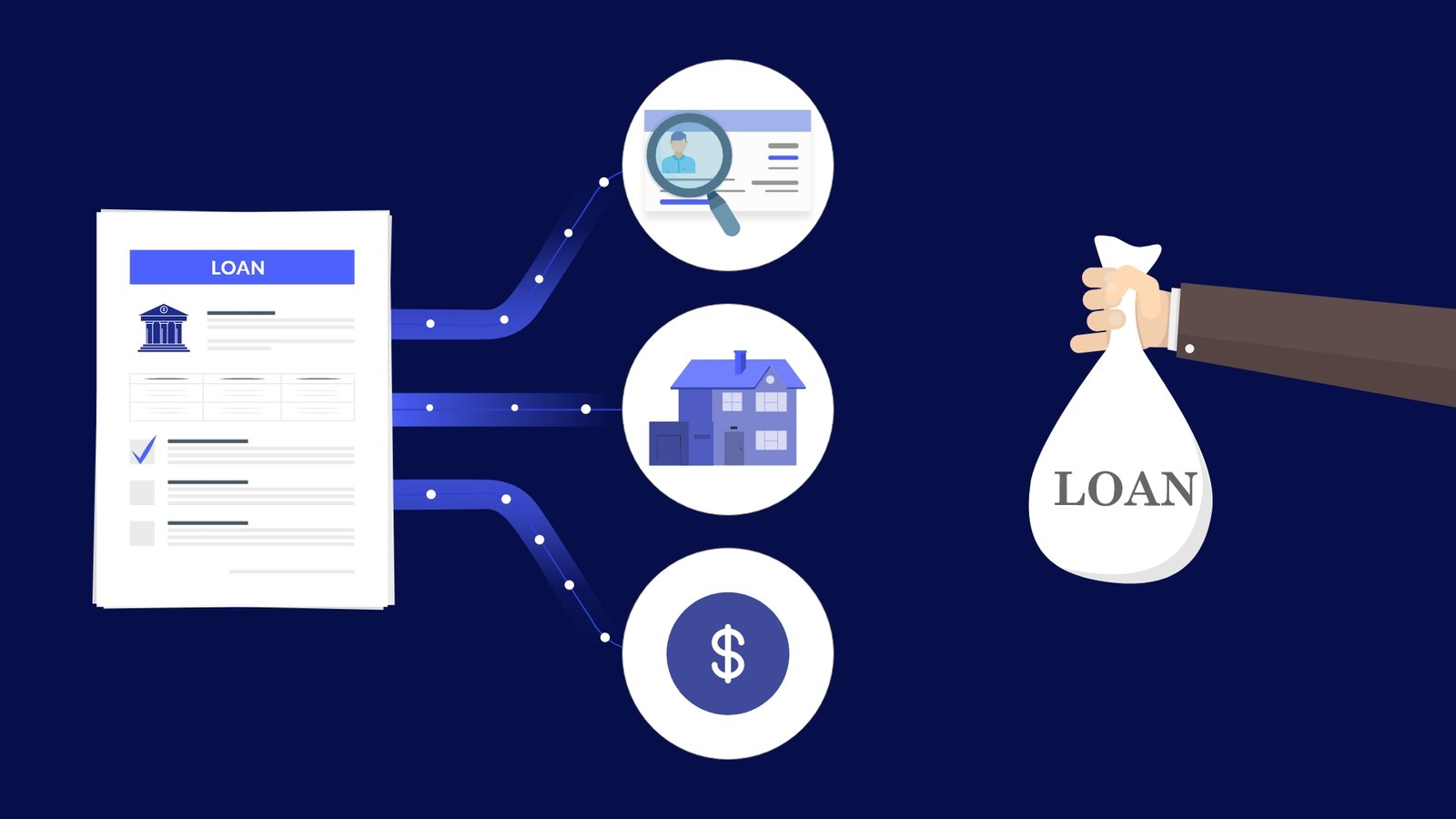Ensuring Compliance in Loan Origination Software – Financial institutions are facing increased scrutiny and tighter compliance due to the expansive number of federal, state, and local regulations in today’s heavily regulated lending environment. While dealing with fair lending regulations, data privacy regulations, and additional regulatory bodies and requirements, the compliance landscape can be daunting, and mistakes can be financially crippling, damaging to reputation, and cause legal ramifications.
Loan Origination Software (LOS) is a critical tool to wield so lenders can manage compliance on timely pre- and post-close processes and create staggering efficiencies throughout the loan lifecycle.
Why Compliance is Important in Loan Origination
For lenders, compliance is not simply a “check the box” regulatory requirement; it is an essential path towards building trust with both the borrower and regulating parties. Lenders can face serious consequences of non-compliance, including fines, statutory law lawsuits, a suspended license to operate in a certain territory, or permanent damage to the lender’s brand. We are living in a consumer protection era, and consumers expect lenders to have proper due diligence about regulations such as the Truth in Lending Act (TILA), as well as standards in the Equal Credit Opportunity Act (ECOA), Fair Credit Reporting Act (FCRA), and others, including the Dodd-Frank Act the list goes on and on.
To help ensure compliance can be achieved effectively and efficiently, a LOS provides a solid foundation. By embedding compliance into the loan origination workflow of the LOS, an institution can gain valuable organizational focus and a demonstrable path towards transparent regulatory compliance.
Major Compliance Headaches in Loan Origination
Like many others, lenders have plenty of complexities with compliance, including:
Evolving Regulations – Regulations evolve and change regularly. Keeping up with all of the regulations around rules and new updates, like the latest updates on changes brought forth by the CFPB or a state-specific requirement, can be daunting without significant regulatory tooling and compliance resources.
Data Security and Privacy – Protecting the data of a borrower is critical for the compliance of privacy regulations such as GLBA, as well as GDPR, for lenders who work internationally. Non-compliance resulting in data breaches can result in substantial fines and loss of customer confidence, resulting from intrusive behavior in their banking experiences.
Accurate Documentation – Proper due diligence enforcement of accurate, complete, and properly disclosed loan documents for any lender is a requirement to remove the consideration of regulatory violation at any stage of collection.
Fair Lending Practices – Lenders must ensure that applicants satisfy fairness in lending applications to the lender, not engage in bias or discrimination.
How Loan Origination Software Helps Support Compliance
Think about how modern Loan Origination Software was built with compliance in mind, directly in the offering to help lending institutions mitigate compliance risk effectively. Here are a few ways LOS can help to ensure compliance –
1. Automated Regulatory Updates
Reliable LOS places a duty of care to ensure they have maintained up-to-date regulatory libraries; they are forever monitoring and pushing updates as required to keep up with constant changes in the world of lending. This has a ton of upside to lessen the burden of new reviews from compliance teams and align your institution with the changing landscape of regulatory requirements.
2. Automation of Workflows as well as with Rule Engines
LOS uses automation workflows and industry rule engines to ensure compliance checks are done at every stage of the loan process. For example, they can assess underwritten borrower documentation, provide required disclosures promptly, and flag incomplete or inconsistent applications.
3. Reporting and Audit Trails
Great places with the best features all have great design and excellent compliance facilities, and a detailed audit trail is one of the best parts that can prove compliance during an examination. All of the better LOS systems provide great logs of everything that happens during the loan process, and they can easily provide evidence that all the required regulations were followed.
They also provide customizable reporting, allowing compliance officials to assess trends, violations, and track metrics or checklists to ensure guidelines, regulations, and subsidiary policies are being adhered to.
4. Security Measures around Data
When an integrated security architecture that supports encryption, access, and secure data storage makes compliance with data privacy easier and reasonable using auditing tools, then having good data privacy laws to comply with is nothing but a process when it is embedded into your work practices.
5. Compatibility with Third-Party Compliance Tools
Some LOS places will allow compliance to accommodate third-party compliance programs and/or fraud protection and detection tools, such as verifying with the wire room against watchlists and verifying against identity verification services, and referring to credit bureaus.
Best Practices to Provide Compliance
While being tightly contained within good LOS is important, lenders, like all other responsibilities, must practice good practices to best utilize their service.
- Ongoing training – in light of the updated regulations and policies, and propensity to use systems somewhat intuitively
- Regular policy review – Issuing updated plans, policies, and processes that relate to their ideologies and interests as they pertain to reasonableness and the regulatory field
- Vendor selection – Find LOS vendors that understand compliance and support compliance practice ideas, approaches, and have good customer service as well
- Monitoring – Use the dashboards and alerts to monitor compliance metrics in real-time.
The Future of Compliance in Loan Origination
As technology advances, compliance will become more embedded, and embedded compliance will become more ubiquitous in the digital lending ecosystem. The application of artificial intelligence (AI) and machine learning (ML) continues to increase their presence in anomaly detection, risk prediction, decision-making, and operational workflows, all while maintaining compliance requirements.
Investing in a modern LOS with a compliance-first approach, individuals within the lending space are able to future-proof their business, minimize human error, and focus on providing value and an exceptional borrower experience.
Conclusion
Maintaining compliance in loan origination is an ongoing process that requires a combination of powerful technology, staff training, and the implementation of good operations. A well-built Loan Origination Software solution helps lenders traverse the many roadblocks in compliance, reduce risk, and be efficient and thoughtful for all of their borrowers.
FAQs
What are the predominant compliance risks in loan origination?
The predominant risks include failure to provide required disclosures, discriminatory lending practices, reporting untruthful data, and providing inadequate borrower data protection. A modern LOS can help eliminate these risks with compliance checks, automated audit trails, and more.
How often should a lender update its Loan Origination Software to remain compliant?
Lenders should always select a vendor with regulated updates and a rich compliance library of resources. The software is constantly changing in regard to legislation, federally and at the state level. It should be the goal of all lenders to have their LOS updated as soon as rules are updated.
Can a Loan Origination Software ensure 100% compliance?
No software, on its own, can ensure 100% compliance. While a solid LOS does mitigate a great deal of exposure to violations, lenders still need to take steps to ensure that those lenders can not only train staff, update any internal policies, and appropriately conduct manual checks as needed.
How does LOS handle compliance with data compromise?
Modern LOS will have enough enterprise-level security to protect your loan originator’s data. Most often, an LOS should come with encryption, user access, multi-user authentication, and an all-important state-of-the-art cloud security and backup feature that should help lenders comply with all of the privacy laws. Including but not limited to GLBA, GDPR, and other regional privacy laws as enforced.









